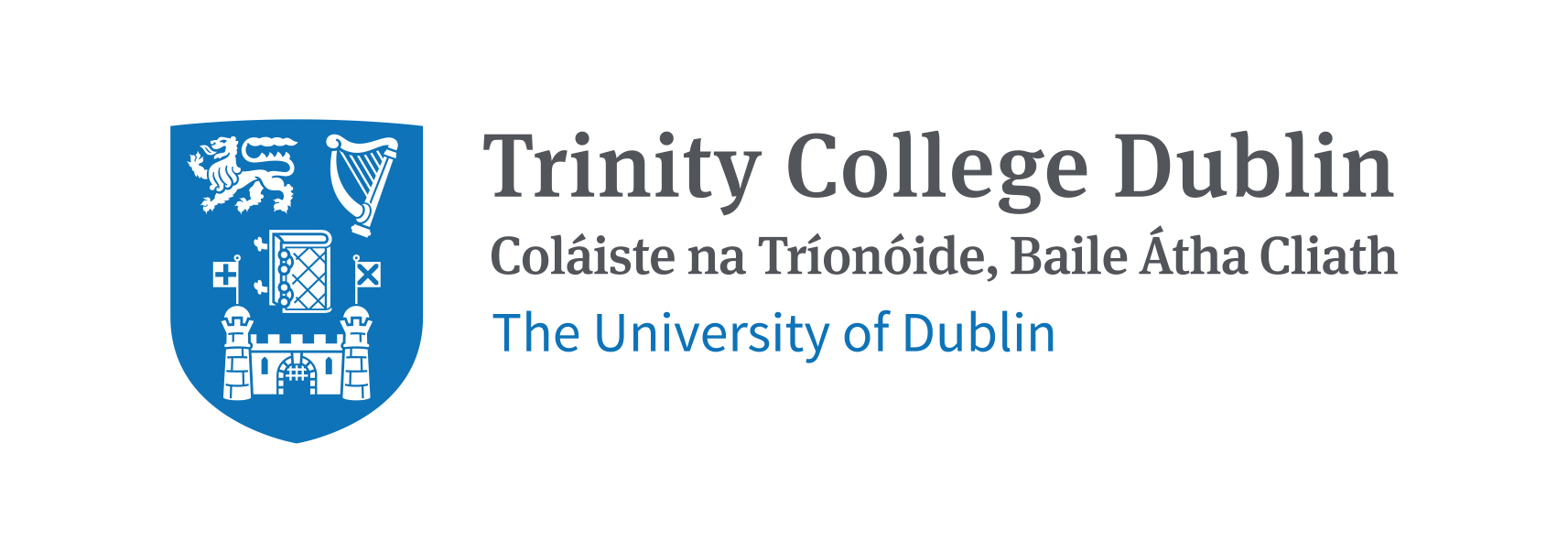Collaborative, contextual, and technology-mediated mathematics learning activities : design heuristics and effects on student engagement
Citation:
Aibhin Bray, 'Collaborative, contextual, and technology-mediated mathematics learning activities : design heuristics and effects on student engagement', [thesis], Trinity College (Dublin, Ireland). School of Computer Science & Statistics, 2015, pp 212Download Item:
Abstract:
This dissertation describes an approach to mathematics activity design that aligns the affordances of off-the-shelf technologies with relevant mathematics pedagogy. The aim is to create transformative learning experiences with the potential to overcome some of the well-documented impediments to mathematics teaching and learning. A review of existing literature identifies a number of areas in mathematics education as problematic, with the lack of student engagement with the subject seen as an area of particular concern. Although technology has been heralded as having the potential to address such issues, there is evidence of a need for explicit design heuristics to guide the development and implementation of technology interventions in mathematics education. This is seen to be particularly relevant within the context of 21st Century learning, in which the key skills of mathematical creativity, critical thinking, problem-solving, communication and collaboration are emphasised. In order to gauge the current trends in technology-mediated mathematical research, and to identify whether the issues highlighted in the general literature review are being addressed, a systematic analysis of recent empirical studies of technology interventions in mathematics education has been undertaken. This has informed the development of a system of classification of the types of technology, the pedagogical foundations, the level of integration of the technology, and the goals of the interventions in which those technologies are used. This research attempts to align appropriate educational theories of mathematics with the affordances of readily available technologies, in order to create learning experiences that have the potential to overcome some of the issues with engagement and confidence evident in the literature. A set of guidelines for practitioners and design heuristics, for the development of such learning experiences, are devised, along with a suite of sample activities created in accordance with them. Data relating to changes in student engagement and motivation through participation with the learning experiences are collected, and emergent issues relating to effective classroom orchestration are considered. The research questions thus relate to the development of a model for the creation and implementation of contextualised, collaborative and technology-mediated mathematics activities (RQ1); the impact this model of teaching and learning has on the student cohort; and the reasons underpinning how and why such an impact is being effected (RQ2). Case-study within a design-based research paradigm has been chosen as the research methodology for the research, and a mixed methods approach is adopted with the collection of both qualitative and quantitative data. In order to gauge the suitability of the learning activities, and to refine the research questions, an initial, exploratory case study of pilot interventions in a laboratory-school setting is described. For the purposes of analysing the underlying causes of change in student engagement, and identifying the factors pertinent to the design heuristics, an explanatory case study is then presented, with multiple embedded units representing interventions in authentic school settings. The findings of the two case studies confirm that activities designed in line with the approach developed in this research have the potential to increase student engagement with and confidence in mathematics, thus addressing some of the issues identified in the analysis of the literature. The main contributions of this research are: i) A system of classification for technology interventions in mathematics education. ii) A set of design heuristics and guidelines for practitioners for the development of collaborative, contextual and technology-mediated mathematics activities. iii) A suite of activities developed in accordance with the design heuristics and integrated into the curriculum. iv) An evaluation of the efficacy of the proposed approach to teaching and learning in addressing some of the problems in mathematics education that have been identified in the literature.
Author: Bray, Aibhín
Advisor:
Tangney, BrendanQualification name:
Doctor of Philosophy (Ph.D.)Publisher:
Trinity College (Dublin, Ireland). School of Computer Science & StatisticsNote:
TARA (Trinity's Access to Research Archive) has a robust takedown policy. Please contact us if you have any concerns: rssadmin@tcd.ieType of material:
thesisCollections:
Availability:
Full text availableLicences:





